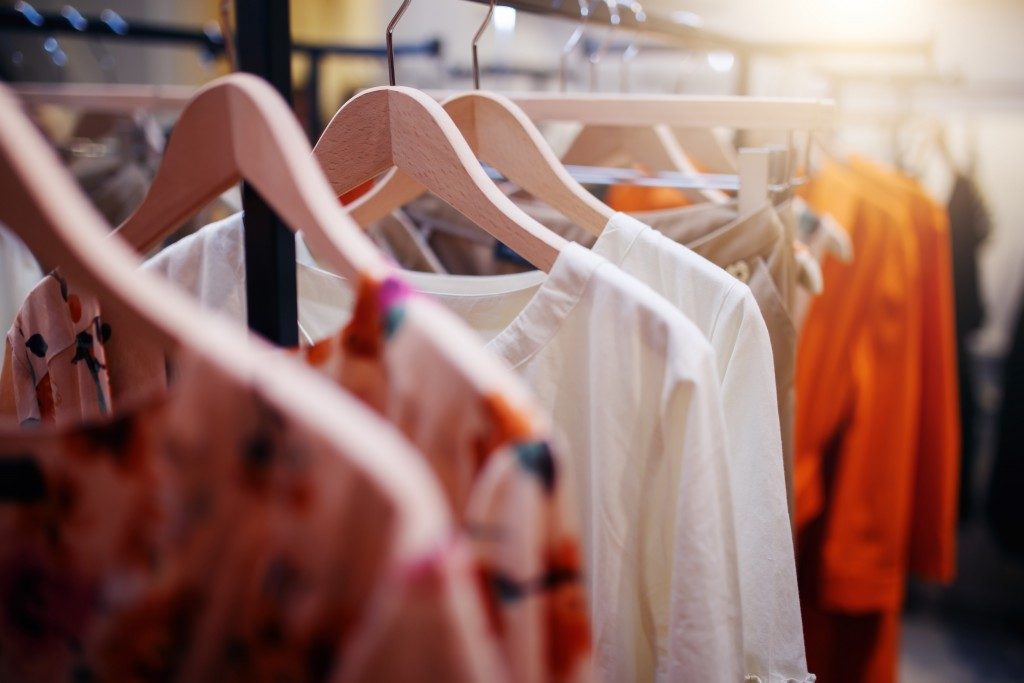The era of fast fashion clothing is not going anywhere, but it’s probably feeling the heat from the trend of sustainable clothing brands like Everlane and Allbirds. And it’s not hard to see why, as these brands provide worker- and environment-friendly clothing for a relatively affordable price. However, it’s also worth asking why this trend only came to fruition now if it’s so good? Did the consumers change? Is the “sustainable” process more sustainable now business-wise? Know all about it here.
The Environmental Impact of Fast Fashion
To understand the popularity of sustainable fashion, you should know all about its nemesis: fast fashion. There’s no question that these types of boutiques can provide good looking and on-trend clothing for a relatively affordable price. However, the tag comes with a hidden consequence: massive pollution. According to the site of the clothing documentary “The True Cost,” people across the globe consume over 80 billion pieces of clothing a year. And it’s definitely hurting our environment, as the global fashion industry produces over 92 million tons of waste every year.
Plus, with processes like dying, tanning, and processing fibers, a lot of the waste is best suited for hazardous waste disposal specialists to handle. With brands like Burberry incinerating their leftover products in an attempt to foster exclusivity until they were caught, bundled with the looming threat of doom in about 30 years, people are starting to become more stringent about their favorite brands’ environmental practices again.
It’s Not That New
While the popularity of sustainable fashion is at a high these past few years, it’s a product of a resurging trend, fashion magazine Infuse Humber said in its article on the movement’s history. The author stated that the practice may date back to the 60s when the hippie movement was gaining traction.
This was a time when people saw the value of recycling for the first time and practiced it religiously, according to a paper called “Influence of 1960s Hippie Counterculture in Contemporary Fashion.” Part of what they recycled and repurposed were clothes. Going to flea markets was cool, and so was personalizing the threads you had with some DIY flair. The 80s and 90s saw these repurposed clothing concepts on the runway with Martin Margiela’s debut collection, Infuse Humber said. However, these runway looks were not as accessible to the public, and couldn’t really catch up to its mainstream competitors that were in shopping malls from Utah to Maine.
Generation Z Fuels the Demand

If there’s one group to thank for the resurgence of sustainable clothing, it’s the Generation Z population. According to the U.S. Sustainability Survey of more than 1,000 consumers, over 35% of people would pay about 25% more than the original price of a product if it was made sustainably.
The report also said that the Gen Z population would be willing to shell out 50% to 100% more than the other age groups when it comes to sustainable items. It even found that sustainability comes only second to quality when it comes to gaining the loyalty of today’s consumers. And again, Gen Zers were more likely to prioritize sustainability compared with other age groups. The children really are the future.
The Process isn’t Entirely Clean
Sustainable brands are all about marketing their eco-friendly manufacturing practices and materials. But what’s great about companies like Everlane and Allbirds is that they’re somehow transparent about the carbon emissions they still put out. Carbon dioxide or CO2 is one of the gases that contribute to the greenhouse effect, which traps heat in the atmosphere. Everlane pumps out about 51.1 kg of CO2 to make just one shoe. Allbirds, on the other hand, releases about 10.1 kg. However, both brands are rolling out initiatives to further shrink their carbon footprint and serve their customers better.
The resurgence of sustainable clothing is a reaction to the violently changing climate. The future generation wants to see a better Earth when they grow up, so they do what they can to invest in brands that have eco-friendly practices. And while some companies may be going the sustainable route to cash in on the emerging spending power of Gen Z, at least they’re helping to save the environment while making a quick buck.

